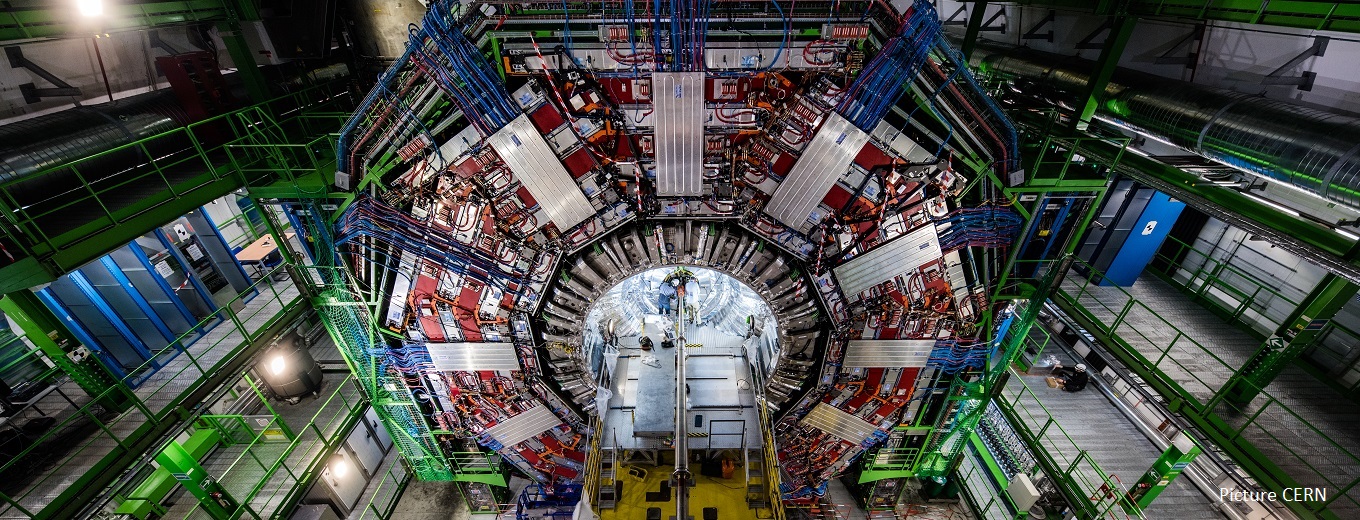The ESFRI Landscape Analysis 2024 offers an overview of the Research Infrastructures ecosystem, assessing synergies, complementarities, shortcomings and gaps.
At the beginning of June, the Belgian Presidency organised a conference on Research Infrastructures (RIs), showing that RIs are the backbone of the European Research Area (ERA) and will continue to be strategically relevant in the coming years, especially in the context of European global competitiveness and skill development.
Research security will also affect RIs in the current geopolitical context, meaning that RIs will be affected by tensions between openness and sovereignty. Other current challenges are the persisting energy crisis, material shortages, increased delivery times, increased prices, and future challenges related to critical raw materials. Hence, more sustainable financing models for RIs are needed and will be key for FP10, the next EU framework programme for research and innovation. In this sense, current discussions are focusing on streamlining the number of RIs and fostering synergies among them and within funding instruments. Additionally, there are attempts to increase cooperation with industry and to improve the continuum between Technology Infrastructures (TIs) and RIs. Likewise, the digitalisation of RIs is another critical challenge, including the European Open Science Cloud (EOSC) and the integration of AI services, ensuring that the High-Performance Computing Joint Undertaking (HPC JU) or other RIs (ERICS) can soon offer such services. Moreover, other topics include enhancing sustainability and greening, providing skill development, and open access to the whole of Europe.
When it comes to positioning RIs in FP10, it is important to raise awareness about the high relevance of RIs for the advancement of science, innovation, and skill development, as well as for the whole economy and society. Those benefits must be constantly monitored and shown to ensure that sufficient long-term investments are dedicated to RIs in the future on the national and European levels, which is especially relevant in the current context of the energy crisis and geopolitical challenges.
During the conference, ESFRI highlighted the importance of international collaboration and released their recently finalised ESFRI Landscape Analysis 2024. ESFRI has introduced the Landscape Analysis in these roadmaps since 2016, providing an overview of the RI ecosystem and identifying the main RIs providing transnational access in Europe in all research domains. It is essential to highlight that ESFRI de-coupled the Landscape Analysis from the upcoming ESFRI Roadmap to underline its strategic relevance.
Following the ERA Action 8, the ESFRI Landscape Analysis 2024 provides ground for the upcoming ESFRI roadmap, contributes to the EOSC Strategic Research and Innovation Agenda (SRIA) and promotes the development of new RIs services. Based on the Council Conclusions on RIs in 2022, the Landscape Analysis 2024 aims to assess existing synergies and complementarities, shortcomings and gaps. It provides recommendations to enhance accessibility, networking, clustering, associating and merging of European, national and regional RIs to improve their integration in an interoperable European RI ecosystem.
The new report was realised based on a new methodology, including direct inputs from RIs and stakeholders, alongside the involvement of external experts for a deeper analysis. The analysis includes two sections: one on thematic areas, offering an overview of the current landscape, encompassing the most RIs available and identified needs, within and beyond ESFRI. The second section focuses on cross-domain trends and challenges. Finally, it also includes the ESFRI RIs Portfolio, an online tool complementing the ESFRI Landscape Analysis 2024, which is updated periodically.

